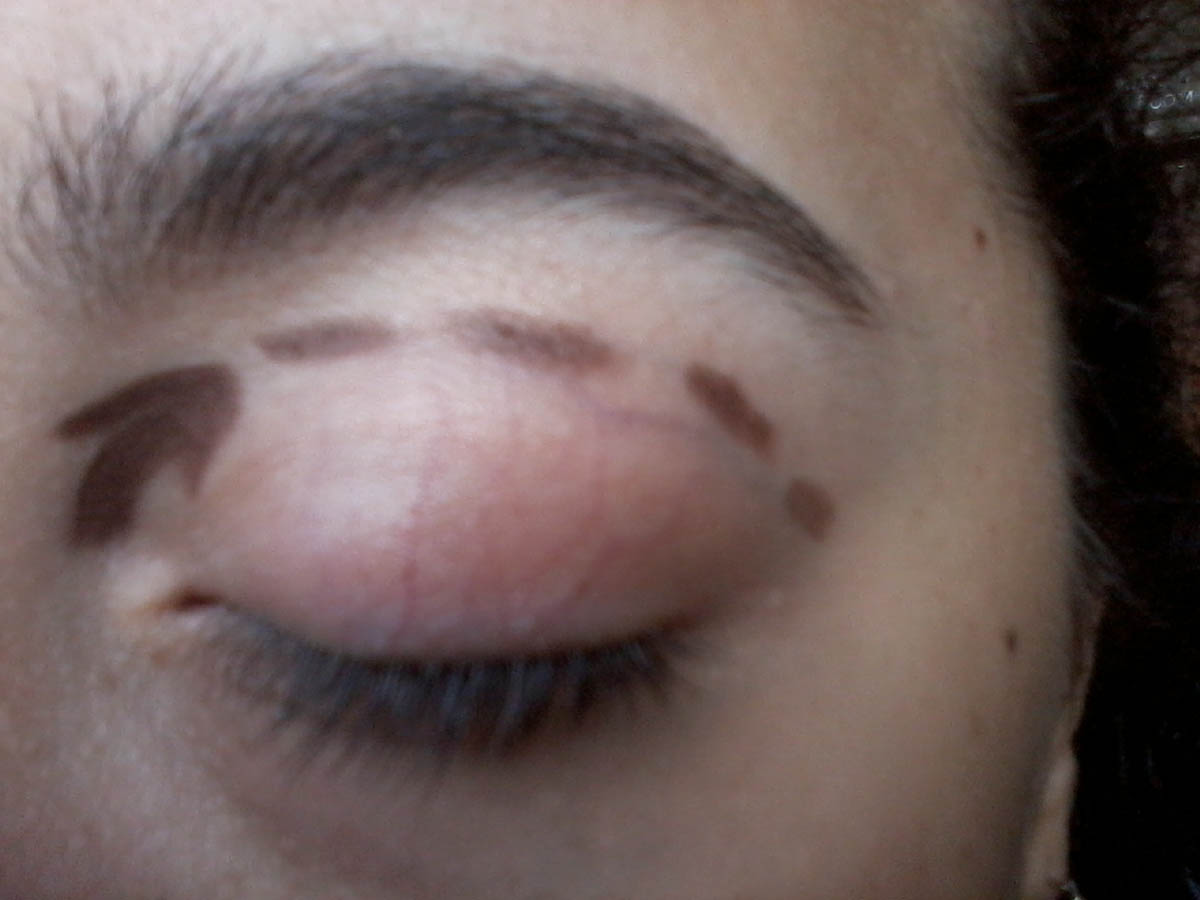
Eyelid Cysts
There are several forms of eyelid cysts which require either conservative or surgical treatment. However, the majority of eyelid cysts withdraw spontaneously. They may be painful or painless and they can even get infected which makes the symptoms of the disease even worse.
Symptoms of Eyelid Cysts
Typical symptoms and signs of eyelid cysts include an obvious lump on the eyelid, erythema or discoloration of the surrounding skin, swelling of the eyelid, discharge from the cyst, pain or discomfort (particularly during blinking), and finally, itchiness of the cyst and/or surrounding skin.Some people experience prodrome of the cyst while others only face unpleasant symptoms once the cyst has formed.
Causes of Eyelid Cysts
The leading cause of eyelid cysts is bacterial infection. The most common bacterium that causes formation of eyelid cysts is Staphylococcus. Apart from bacterial infection there are a few more causes of eyelid cysts. They include blockage of the eye duct, improper hygiene of this area, dirty contacts, chronic blepharitis, usage of out-of-date cosmetics, frequent leaving of the make-up overnight, and rubbing or touching the eyes with unwashed hands.
Types of Eyelid Cysts
There are different types of eyelid cysts. Styes are the most frequent form of eyelid cysts. The cysts in styes are red, swollen and tender to touch. This condition never lasts longer than three days. If it lingers it requires further examination. Chalazion (meibomian cyst) is another type of eyelid cysts. The average length of this medical condition varies between 8 and 16 weeks. Chalazion may cause pain or is completely painless. Unless chalazion withdraws within certain period of time it is surgically resected. Sweet gland cysts are round, transparent and shiny. They also occur quite often and are located next to the tear ducts. Keratosis is a combination of keratin and tissue. Keratosis does not have to affect only eyelids and can be also found on other body parts.Inclusion cysts are painless, white cysts which are generally considered harmless. Still, once they have occurred they require further examination. And finally, nevus of the eyelid may be in a form of cyst. This is not an actual cyst but a mole.
Treatment for Eyelid Cysts
Many eyelid cysts withdraw within several days. Certain maneuvers such as application of warm compresses can accelerate the process of withdrawal. In case the cyst does not withdraw or the symptoms are severe there is a need for medicamentous treatment. Patients are commonly prescribed antibiotic eye drops and ointment. If they do not help the second line therapy includes corticosteroid injections. Surgical removal of the eyelid cyst is only performed if the cyst does not respond to conservative therapy. Surgery is performed under local anesthesia.






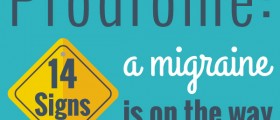
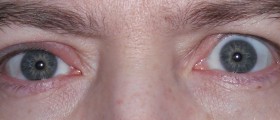
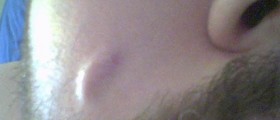
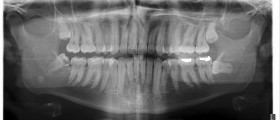
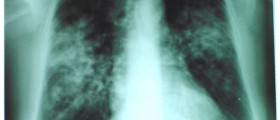
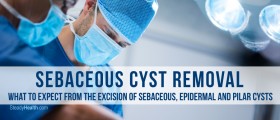
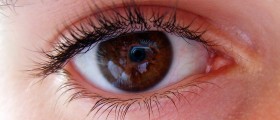




Your thoughts on this
Loading...